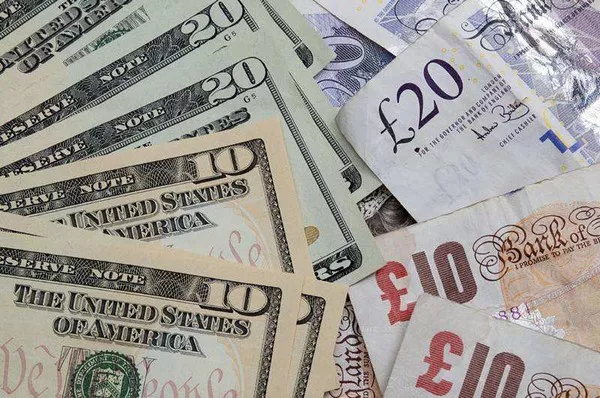The value of the British pound has fluctuated over time, affected by various factors such as economic indicators, political events, and market conditions. The pound’s exchange rate against other currencies can be an important indicator of a country’s economic health and stability. In this article, we will explore the lowest points in the history of the pound and examine what caused these drops.
Before delving into the weakest the pound has ever been, it’s important to understand how currency value is determined. A currency’s value is influenced by a variety of factors such as supply and demand, interest rates, inflation rates, and political stability. When a country’s economy is strong and its government is stable, investors are more likely to buy that country’s currency, driving up its value. On the other hand, if a country’s economy is weak or its political situation is unstable, investors may sell off that country’s currency, driving down its value.
Weakest Points in Pound History
Now that we have a basic understanding of what influences currency value let’s look at some of the lowest points in the history of the British pound.
-
Black Wednesday (September 16, 1992)
Black Wednesday was a significant event in the history of the British pound. On September 16, 1992, the UK’s Conservative government was forced to withdraw the pound from the European Exchange Rate Mechanism (ERM) after failing to keep its value above the agreed-upon minimum level. This led to a rapid devaluation of the pound, which fell from $2.01 to $1.67 in a matter of hours.
The main reason for Black Wednesday was the pressure on the pound from currency speculators, who believed that the pound was overvalued. These speculators bet against the pound, causing its value to fall even further. The Bank of England attempted to defend the pound by buying up large quantities of pounds, but this failed to stem the tide.
-
Global Financial Crisis (2008)
The global financial crisis of 2008 had a significant impact on the value of the pound. As the crisis unfolded, investors fled risky assets and turned to safer options, including the US dollar. This caused the pound to fall sharply against the dollar, reaching a low of $1.37 in January 2009.
The UK’s economy was hit hard by the global financial crisis, with unemployment rising and GDP contracting. This weak economic performance also contributed to the pound’s decline.
-
Brexit (2016)
The UK’s decision to leave the European Union (EU) in 2016 had a major impact on the pound. Leading up to the referendum, polls suggested that the remain camp would win, leading to a relatively stable pound. However, when the results came in and it became clear that the UK would be leaving the EU, the pound fell sharply against other currencies.
On June 23, 2016, the day of the referendum, the pound fell from $1.50 to $1.32, its lowest level since 1985. The uncertainty surrounding Brexit negotiations and the potential economic impact of leaving the EU weighed heavily on the pound.
-
COVID-19 Pandemic (2020)
The COVID-19 pandemic had a profound effect on the global economy, and the pound was not immune to its impacts. As the UK went into lockdown in March 2020, the pound fell sharply against the dollar, reaching a low of $1.14 on March 20, 2020.
The pandemic led to a significant contraction in economic activity, and the UK government implemented various measures to support businesses and individuals. However, the uncertainty surrounding the pandemic’s duration and long-term economic impact continued to weigh on the pound.
Conclusion: Currency Volatility
The value of the pound has fluctuated significantly over time, affected by a range of factors such as economic performance, political events, and market conditions. Black Wednesday in 1992, the global financial crisis of 2008, Brexit in 2016, and the COVID-19 pandemic in 2020 are just some of the events that have led to significant drops in the pound’s value.
While currency volatility can be concerning for investors and policymakers, it’s important to remember that currency values will always fluctuate to some extent. Understanding the underlying factors that influence currency value can help investors make informed decisions and anticipate potential market movements.


